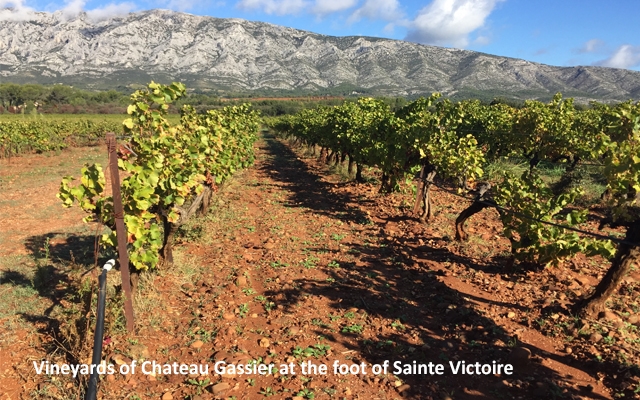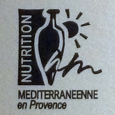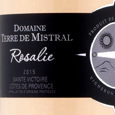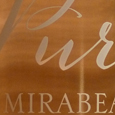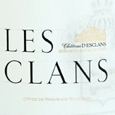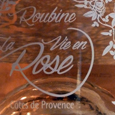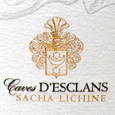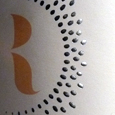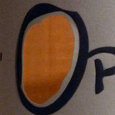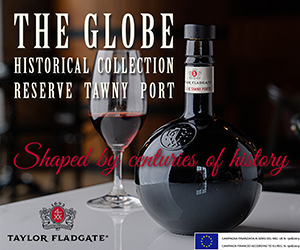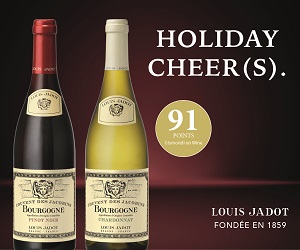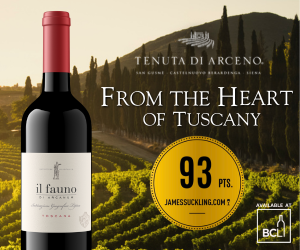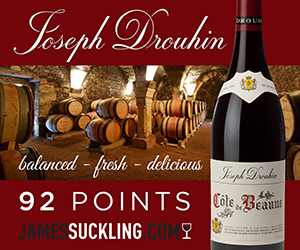Don’t mistake pink wine for being frivolous.
While there is a sea of unserious, silly, and even scary rosé in the wine world, Provence has consistently peaked, with top Provençal Rosés admired for their drinkability and structure as much as for prestige.
Nestled between the Mediterranean and the Alps, Provence’s vineyards cover 200kms west to east, and a range of different terroirs. Through rosé has been painted trendy and disposable by the pink marketing machine, the history of Provence vineyards begins around 600 BCE when the Phocaeans founded a colony in Marseille and introduced the grapevine to France. It wasn’t until four centuries later that the vine growing culture began to spread beyond the frontiers of Provincia Romana, conquered by the Romans. As their empire expanded, so did vines, into the Rhone, Beaujolais, Burgundy, Gascony and Bordeaux.
Most people think of Provence Rosé as one wine: a wine of style. In reality, there is much more to Provence than hue. A very technical wine to make well, quality Provence rosés are also reflective of their terroir, and an increasing number of winemakers are producing wines that speak of their specific place. There are three major appellations in the region, representing 96 percent of the volume of wines with Provence appellations:
Côtes de Provence
The largest appellation by terms of geography, covering 84 communes. Includes the relatively new “terroir” designations: Côtes de Provence Sainte-Victorie, Côtes de Provence Fréjus, Côtes de Provence La Londe, and Côtes de Provence Pierrefeu.
Coteaux d’Aix-En-Provence
Located in the Bouches-du-Rhône department, it includes 49 communes and extends from the Durance River to the Mediterranean Sea, and from the Rhone Valley in the west to the Sainte-Victoire Mountain in the east.
Coteaux Varois en Provence
In the heart of the region, includes 28 communes concentrated around the town of Brignoles, between the Sainte-Baume Mountain in the south and the Bessillons Mountains in the north.
Soils
Two major geological formations rule Provence’s extremely varied landscape. In the northwest, there are alternating hills and rocky limestone cliffs that have been sculpted by erosion. Further east, near the sea, the Maures and Tanneron crysyalline massifs emerge, with gentle slops and rolling hills covered with garrigue and woodland. Even further east, between Saint-Tropez and Cannes you find soils are laced with volcanic rock formations.
Climate
The generous sunshine you think of when you conjure Provence rules the vines as well, with up to 2900 hours of sun annually. Hot summers are mitigated by vines planted in cooler hillsites or mountain elevation. The dry and fierce Mistral wind helps refresh in the summer and keep humidity at bay, protecting the vines from disease pressure.
Here are our top 10 Provence rosés (and ties) that we've tasted over the past year. While summertime is an ideal season to crack into these, the wines below are structured and serious enough to drink year round.

 quicksearch
quicksearch

